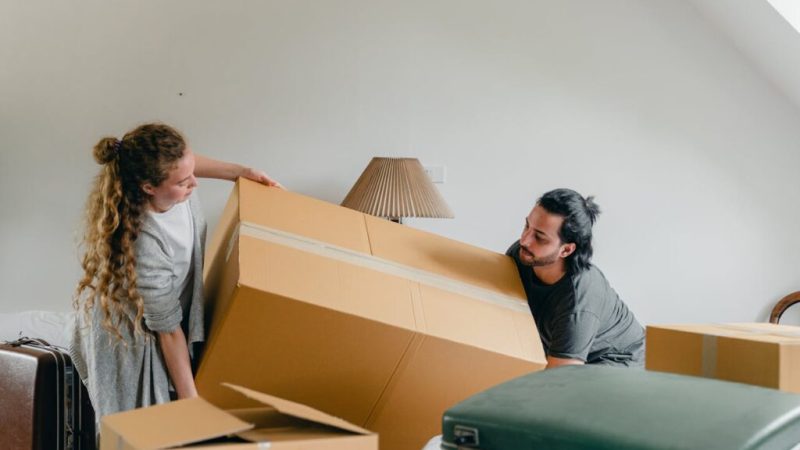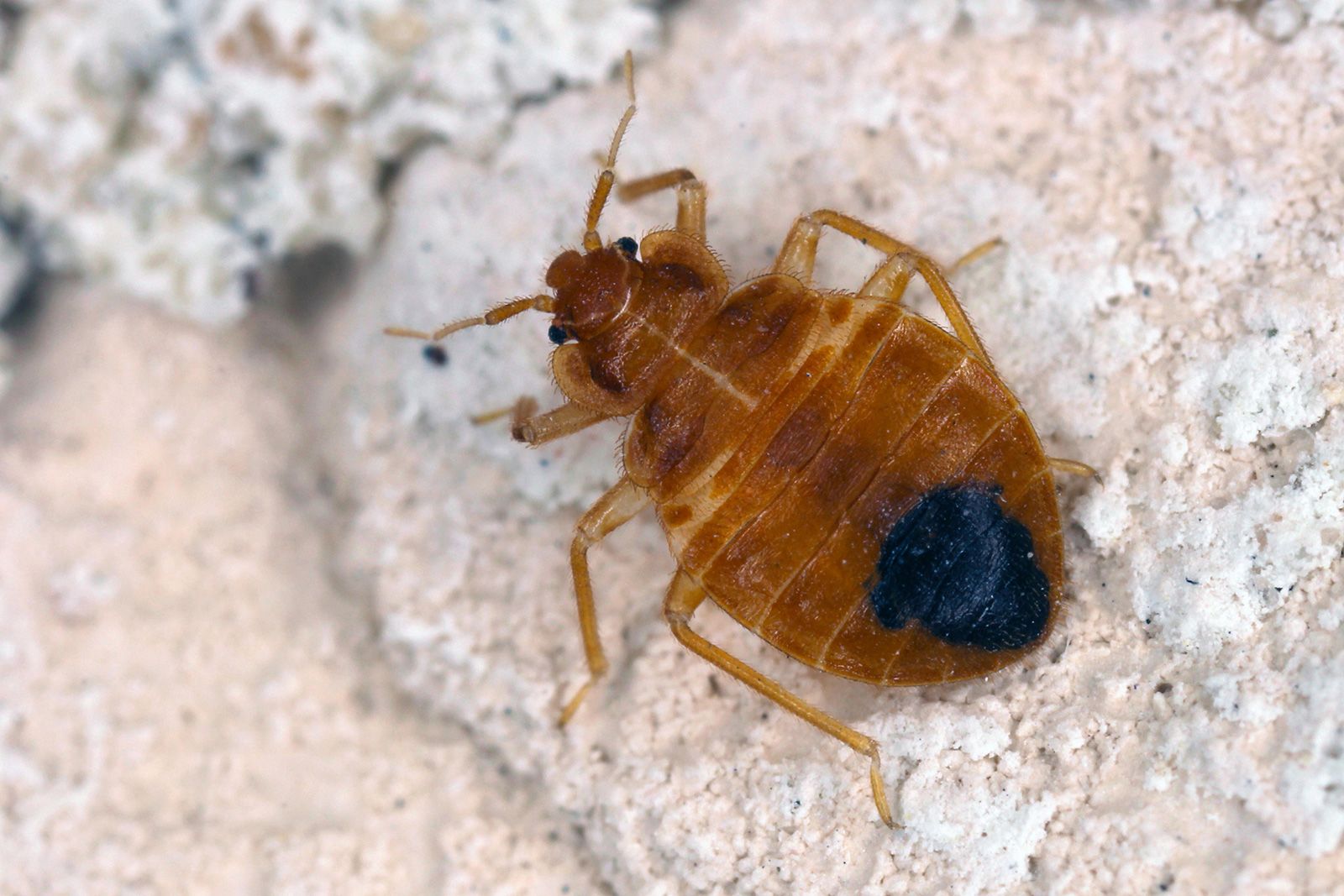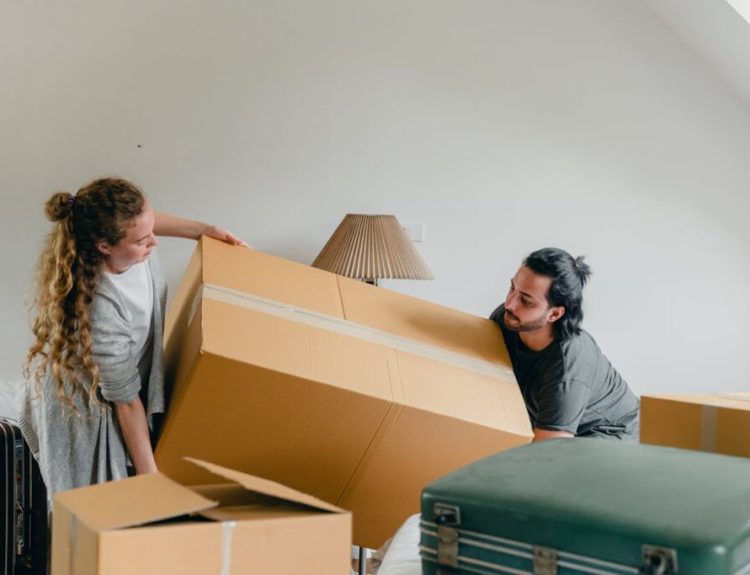When people think of bed bugs, they often picture neglected mattresses or unclean hotel rooms. But the truth is, bed bugs aren’t a result of poor hygiene—and they don’t stay put. These tiny pests are expert hitchhikers, and they can latch onto your belongings in some of the most unexpected places.
In this post, we’ll explore how bed bugs travel from place to place, which environments are most at risk, and how you can reduce your chances of bringing them home with you.
Why Bed Bugs Are Such Good Travelers
Bed bugs are small (about the size of an apple seed), flat, and stealthy. They don’t fly or jump, but they’re excellent at hiding in seams, folds, and crevices. Once they crawl into a backpack, suitcase, or coat pocket, they can be transported miles away—without ever being noticed.
Unlike lice or fleas, bed bugs don’t live on people or pets. They’re opportunistic travelers, meaning they go where your belongings go. This is why infestations often appear without warning, even in clean and well-maintained homes or hotels.
Common Places Bed Bugs Hitch Rides
1. Hotels and Vacation Rentals
Hotels remain one of the most common sources of bed bug transfer. With dozens, sometimes hundreds, of guests checking in and out weekly, these environments provide the perfect breeding ground for bugs to spread.
What to do:
- Inspect the mattress seams, headboard, and nightstands when you arrive
- Keep your luggage off the bed and floor—use the luggage rack
- Store clothes in sealed bags or keep them inside your suitcase
- Upon returning home, wash and dry all clothing on high heat, even if unworn
2. Public Transit (Subways, Buses, Rideshares)
Bed bugs don’t care about where you are—they care about what you’re carrying. Crowded subways, buses, and ride-share vehicles offer opportunities for them to jump onto backpacks, coats, or purses.
What to do:
- Avoid placing bags on fabric-covered seats or the floor
- Hang coats if possible rather than setting them on shared surfaces
- Regularly inspect and clean the items you carry with you every day
3. Movie Theaters and Performance Venues
Dark, upholstered seating? Limited movement for hours at a time? It’s the perfect scenario for a bed bug to crawl from one person’s coat or bag to another’s.
What to do:
- Choose seating carefully and avoid placing jackets or bags on the floor
- Inspect your belongings before and after the show
- Shake out coats and bags before bringing them into your home
4. Airplanes and Airports
It may sound surprising, but bed bugs have been found on airplanes. From seats and luggage holds to airport lounges, there are plenty of opportunities for them to spread during travel.
What to do:
- Use hard-shell luggage if possible—it offers fewer hiding spots
- Keep personal items zipped up and elevated
- Inspect your suitcase and carry-ons when you get home
5. Office Buildings and Workplaces
Bed bugs can travel to offices on employees’ bags or coats, especially in shared workspaces or places with soft furniture (like waiting rooms or lounges).
What to do:
- Avoid placing personal belongings on upholstered chairs or couches
- Keep jackets on hangers or in lockers instead of over the back of chairs
- If a coworker reports an infestation at home, be cautious with shared spaces
6. Secondhand Stores and Furniture Sales
Used furniture, mattresses, or even electronics can carry bed bugs or their eggs. Once brought into your home, it doesn’t take long for an infestation to begin.
What to do:
- Always inspect secondhand items thoroughly, especially mattresses, couches, and wooden furniture
- Avoid picking up items from the curb—no matter how clean they look
- When in doubt, consider treating the item or having it inspected before bringing it inside
Signs You May Have Picked Up Bed Bugs
Even if you’re careful, bed bugs can sometimes slip through. Here are early warning signs to watch for:
- Small, itchy bites in a line or cluster, usually on exposed skin
- Tiny blood spots on sheets or clothing
- Dark specks (droppings) on bedding or around furniture seams
- Shed skins or live bugs, especially near sleeping areas
If you notice any of these signs, act quickly—early intervention makes treatment easier and more effective.
What to Do If You Think You’ve Brought Bed Bugs Home
- Isolate your luggage or belongings. Keep them outside or in a bathtub where bed bugs can’t escape easily.
- Launder everything. Wash and dry clothing, bedding, and soft items on high heat.
- Vacuum thoroughly. Focus on mattresses, carpets, and furniture.
- Call a pest professional. A licensed exterminator can confirm the infestation and recommend a treatment plan.
Final Thoughts
Bed bugs don’t discriminate—they’re just as likely to show up in a five-star hotel as they are in a budget apartment. With so many shared spaces in modern life, it’s easy to understand how they travel and why infestations are so common.
The key is awareness. By knowing where bed bugs lurk and taking simple precautions during travel or daily life, you can greatly reduce your risk of bringing them home.
If you suspect you’ve had contact with bed bugs—or are dealing with an active infestation—contact a professional as soon as possible. Early action is the best defense. We recommend Positive Pest Management.









